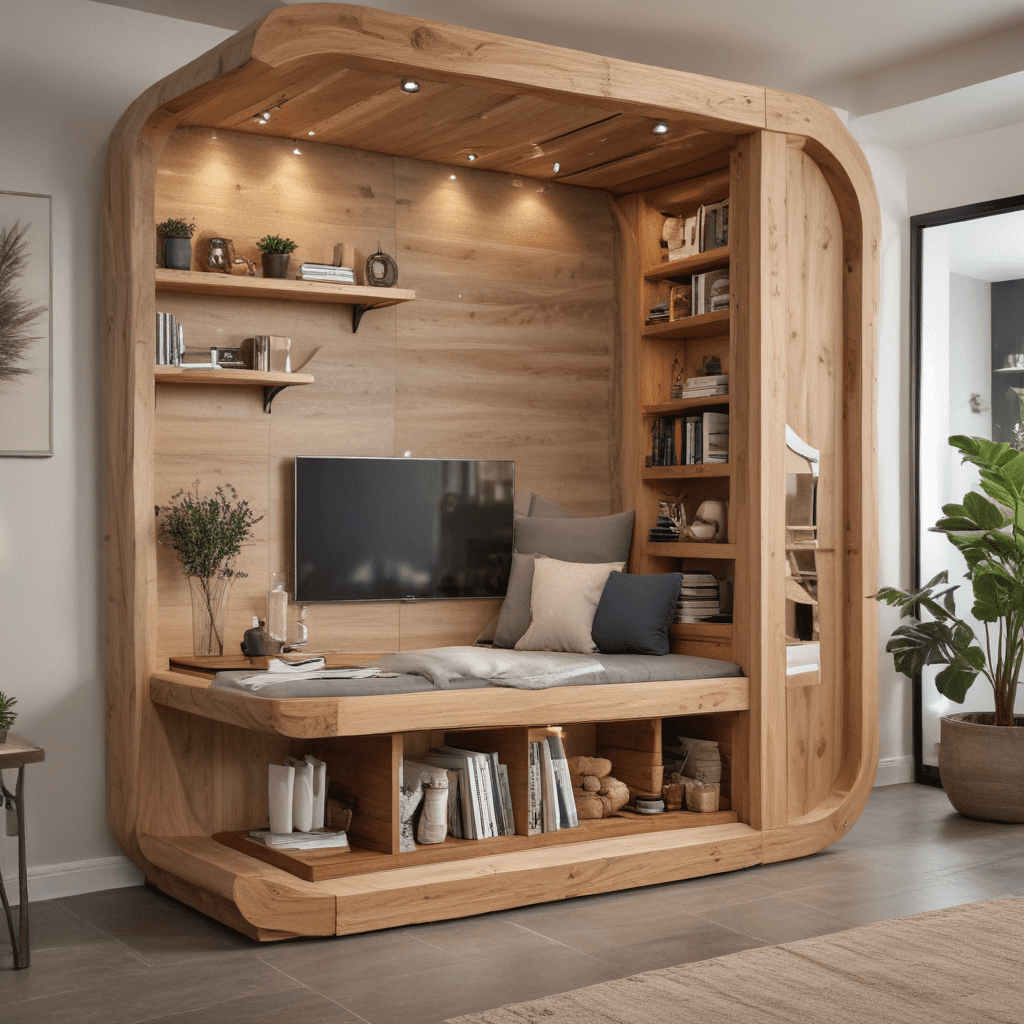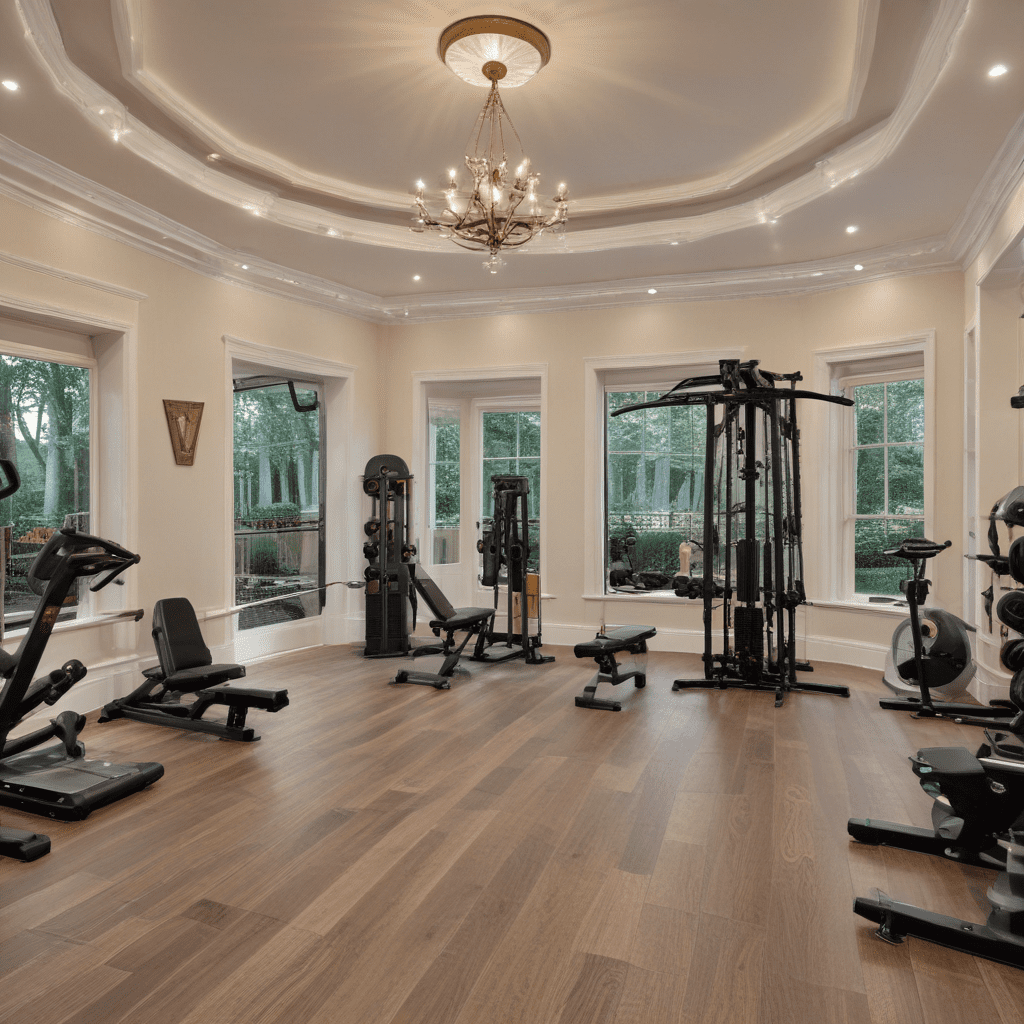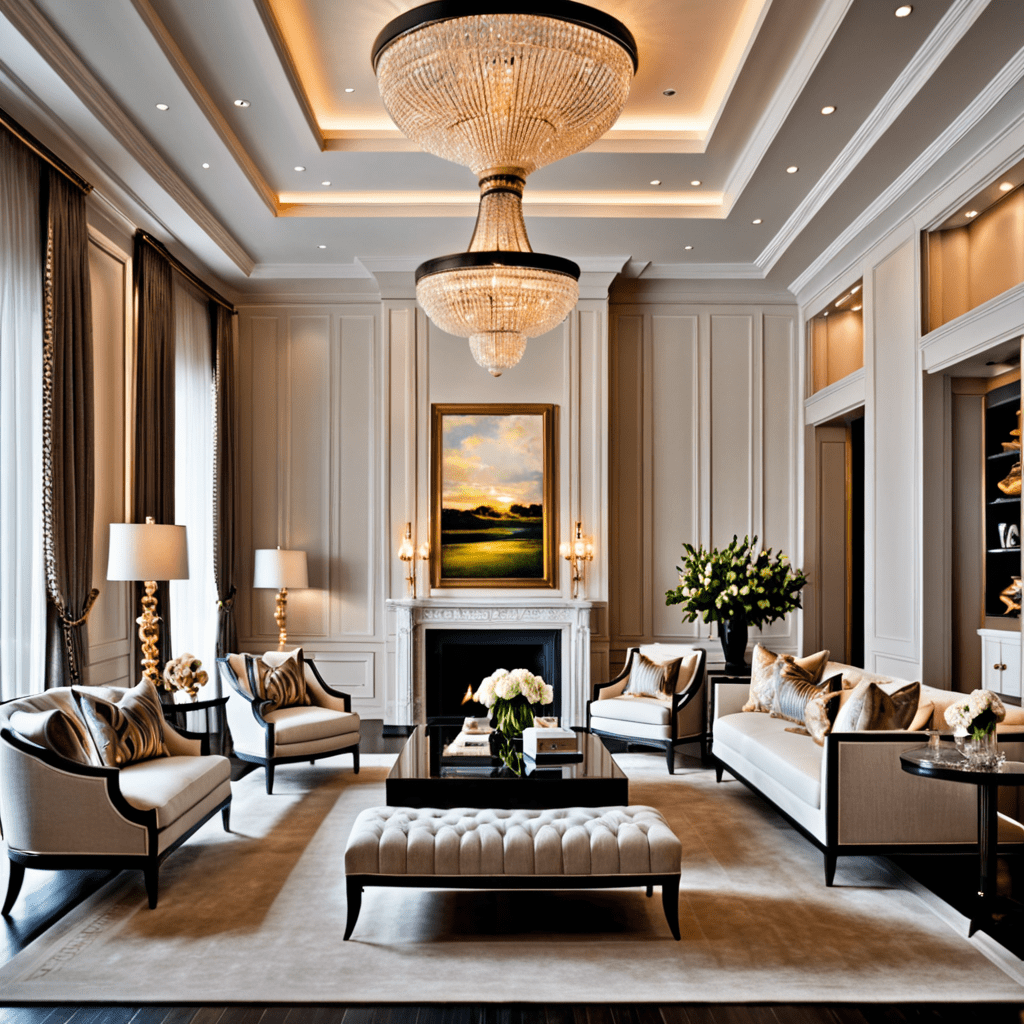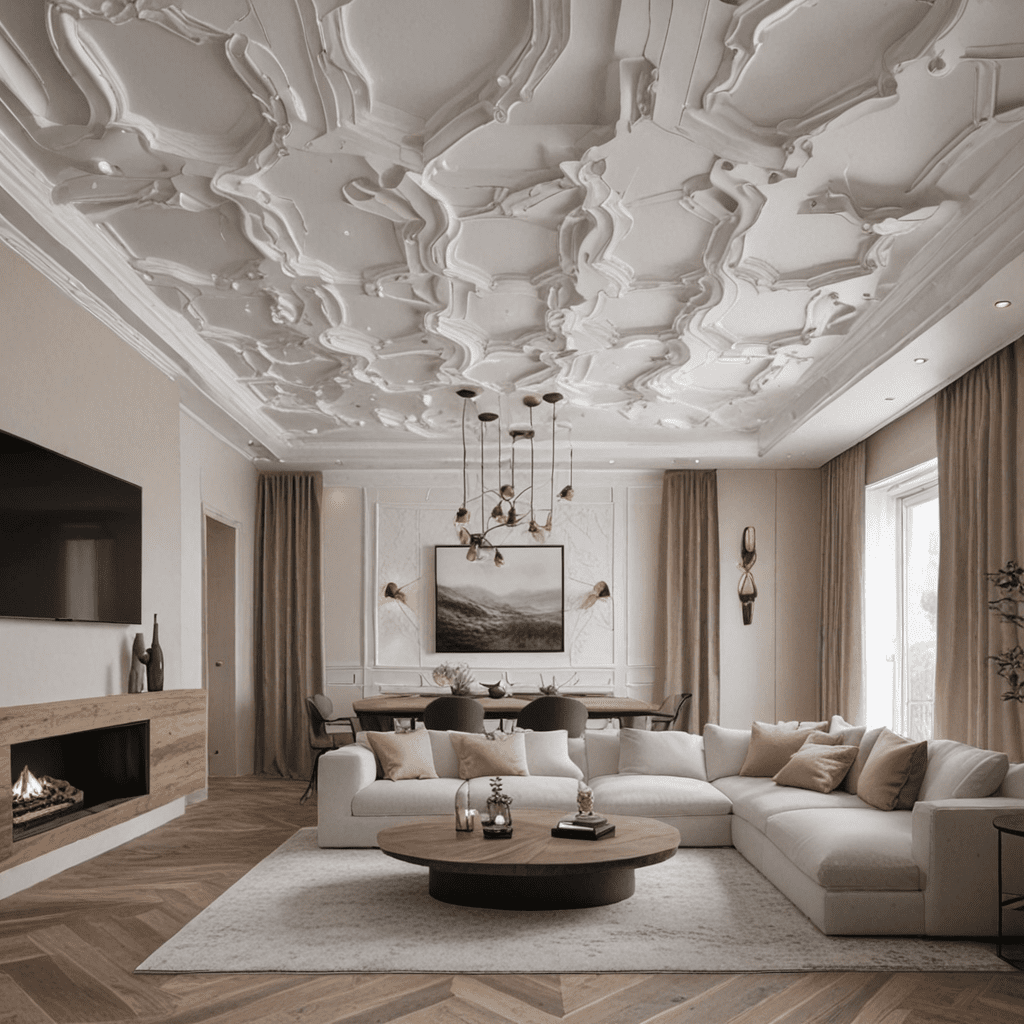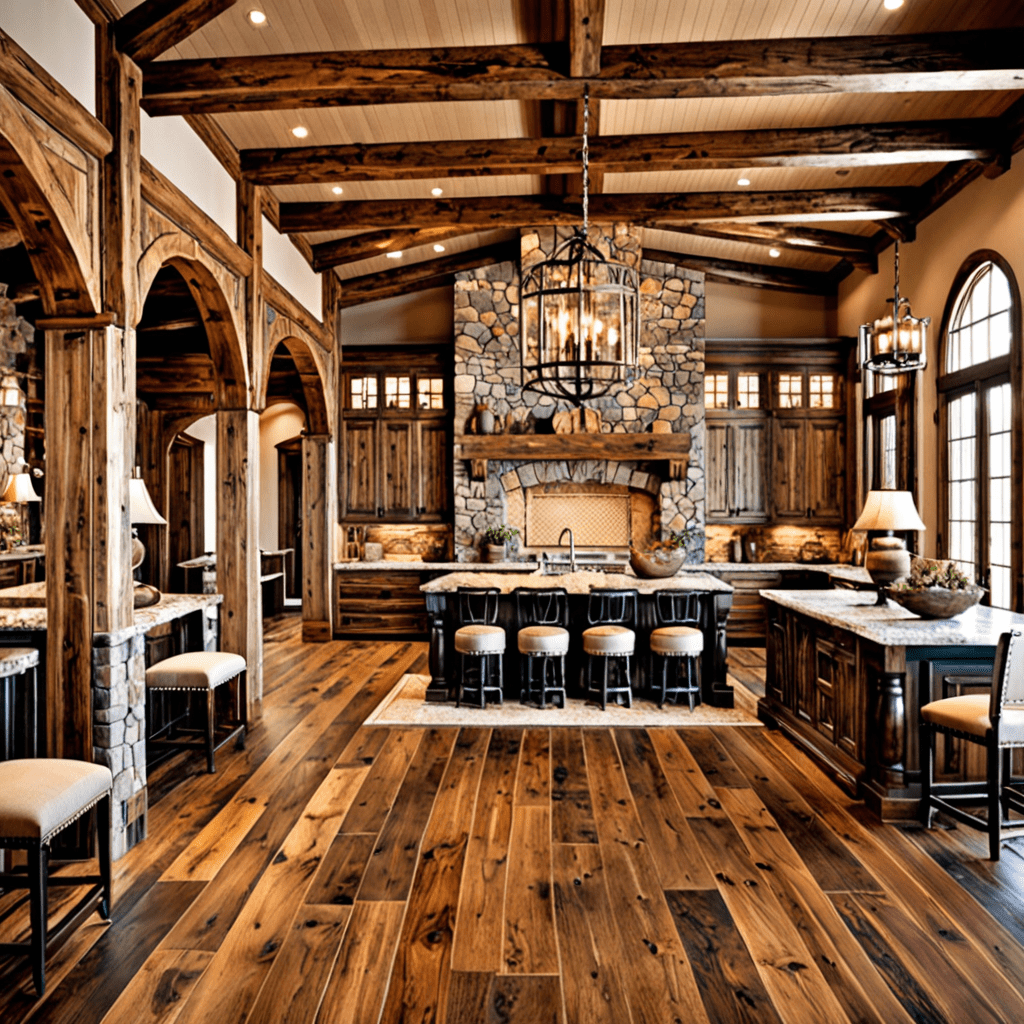Moroccan Interior Design: How to Add a Touch of Morocco to Your Home
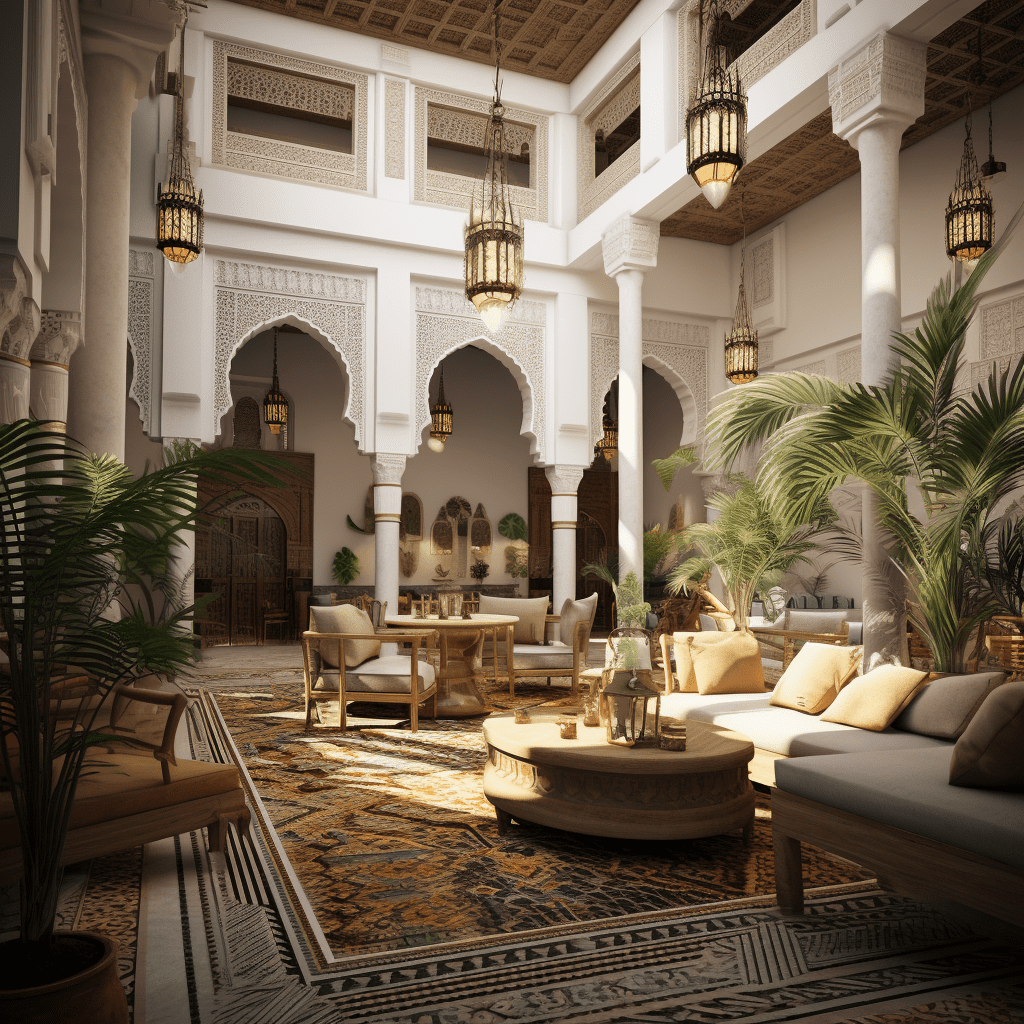

Exploring the Beauty of Moroccan Interior Design
Moroccan interior design is known for its vibrant colors, intricate patterns, and exotic charm. It is a style that reflects the rich cultural heritage and diverse influences of the North African country. From intricate tile work to luxurious textiles, Moroccan design elements bring warmth and character to any space. In this blog post, we will explore the key features of Moroccan interior design and how you can incorporate them into your own home.
Rich Colors and Patterns
One of the defining characteristics of Moroccan interior design is its use of rich and bold colors. Deep blues, vibrant reds, earthy oranges, and dazzling yellows are just a few examples of the hues that dominate Moroccan color palettes. These colors are often paired with intricate patterns, such as geometric shapes or floral motifs, which are commonly found in tiles, textiles, and furniture.
Traditional Moroccan Tiles
Moroccan tiles, also known as zellige tiles, are a prominent feature in Moroccan interior design. These handcrafted tiles are typically made from clay and are available in a variety of intricate patterns and colors. They can be used to adorn walls, floors, or even kitchen backsplashes, instantly adding a touch of Moroccan elegance to any space.
Luxurious Textiles
Morocco is known for its luxurious textiles, which play a significant role in Moroccan interior design. Soft, plush fabrics like silk and velvet are commonly used for curtains, cushions, and upholstery. Traditional Moroccan rugs, known as Beni Ourains, are also highly sought after for their intricate patterns and warm textures. The combination of these textiles creates a cozy, inviting atmosphere in Moroccan-inspired interiors.
Traditional Accents and Accessories
To complete the Moroccan look, it is essential to incorporate traditional accents and accessories. Moroccan lanterns, often made of metal with intricate designs, are a popular choice for ambient lighting. Handcrafted ceramics and pottery, in vibrant colors and patterns, can be used as decorative pieces. Moroccan poufs, with their colorful leather upholstery, serve as both seating and decorative accents in Moroccan-inspired interiors.
Mosaic and Tadelakt Finishes
Mosaic and Tadelakt finishes are significant elements of Moroccan interior design, particularly in bathrooms and kitchens. Mosaic tiles are used to create stunning patterns and images, while Tadelakt, a traditional wall finish, gives a smooth and polished look. Both of these techniques add a touch of elegance and authenticity to Moroccan-inspired spaces.
Creating a Moroccan-inspired Space
To create a Moroccan-inspired space, start by selecting a vibrant color palette that reflects the warmth and energy of Morocco. Incorporate traditional elements such as zellige tiles, luxurious textiles, and handcrafted accessories to add authenticity. Use patterned rugs, cushions, and curtains to add texture and visual interest. Don’t forget to consider lighting options such as Moroccan lanterns or hanging pendant lights to create a warm and inviting ambiance.
FAQ
1. Can Moroccan interior design work in small spaces?
Absolutely! Moroccan design elements can be adapted to fit any space, regardless of size. In smaller spaces, opt for lighter colors and use mirrors strategically to create an illusion of space.
2. How can I incorporate Moroccan design on a budget?
You can achieve a Moroccan-inspired look on a budget by focusing on key design elements. Look for affordable alternatives to traditional Moroccan tiles, such as peel-and-stick options. Thrift stores and online marketplaces often have reasonably priced Moroccan-inspired textiles and accessories.
3. Can I combine Moroccan design with other styles?
Yes, Moroccan design can be easily blended with other styles to create a unique and personalized space. Combining it with bohemian, eclectic, or even modern styles can result in a visually stunning and eclectic look.
4. How can I ensure that a Moroccan-inspired space feels cozy and inviting?
To create a cozy and inviting atmosphere, incorporate plenty of soft textures, such as plush cushions and rugs. Consider layering different textiles and using warm lighting to create a soft, ambient glow.
5. Are there any specific rules for arranging furniture in Moroccan-inspired spaces?
While there are no strict rules, it is recommended to create cozy seating areas using low sofas, floor cushions, or Moroccan poufs. Emphasize an open and inviting layout that encourages conversation and relaxation.
6. Can I incorporate Moroccan interior design in every room of my house?
Yes, Moroccan design elements can be incorporated into any room of your house, from the living room and bedroom to the bathroom and kitchen. Adapt the style to suit each space while maintaining a cohesive overall design concept.
